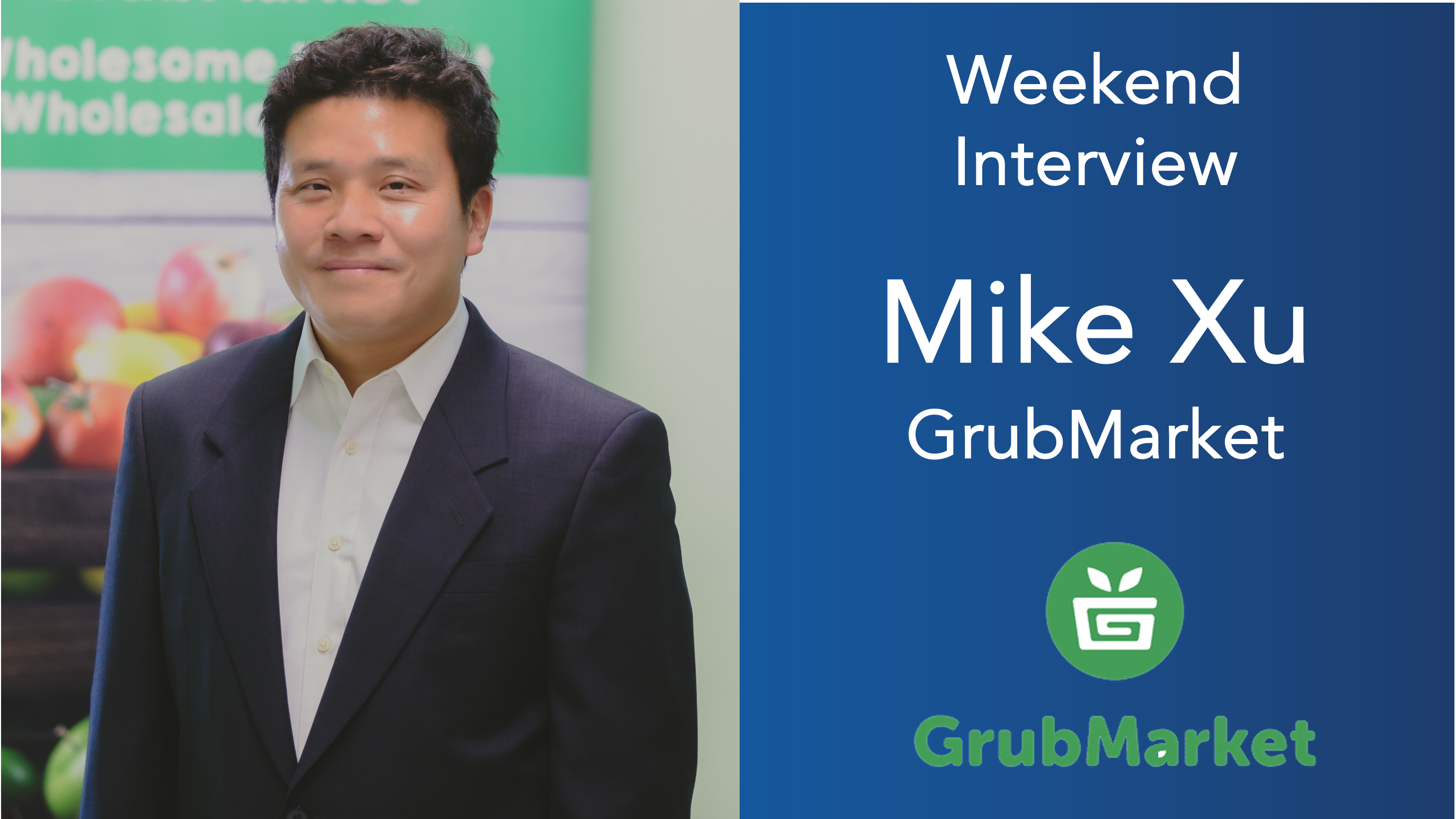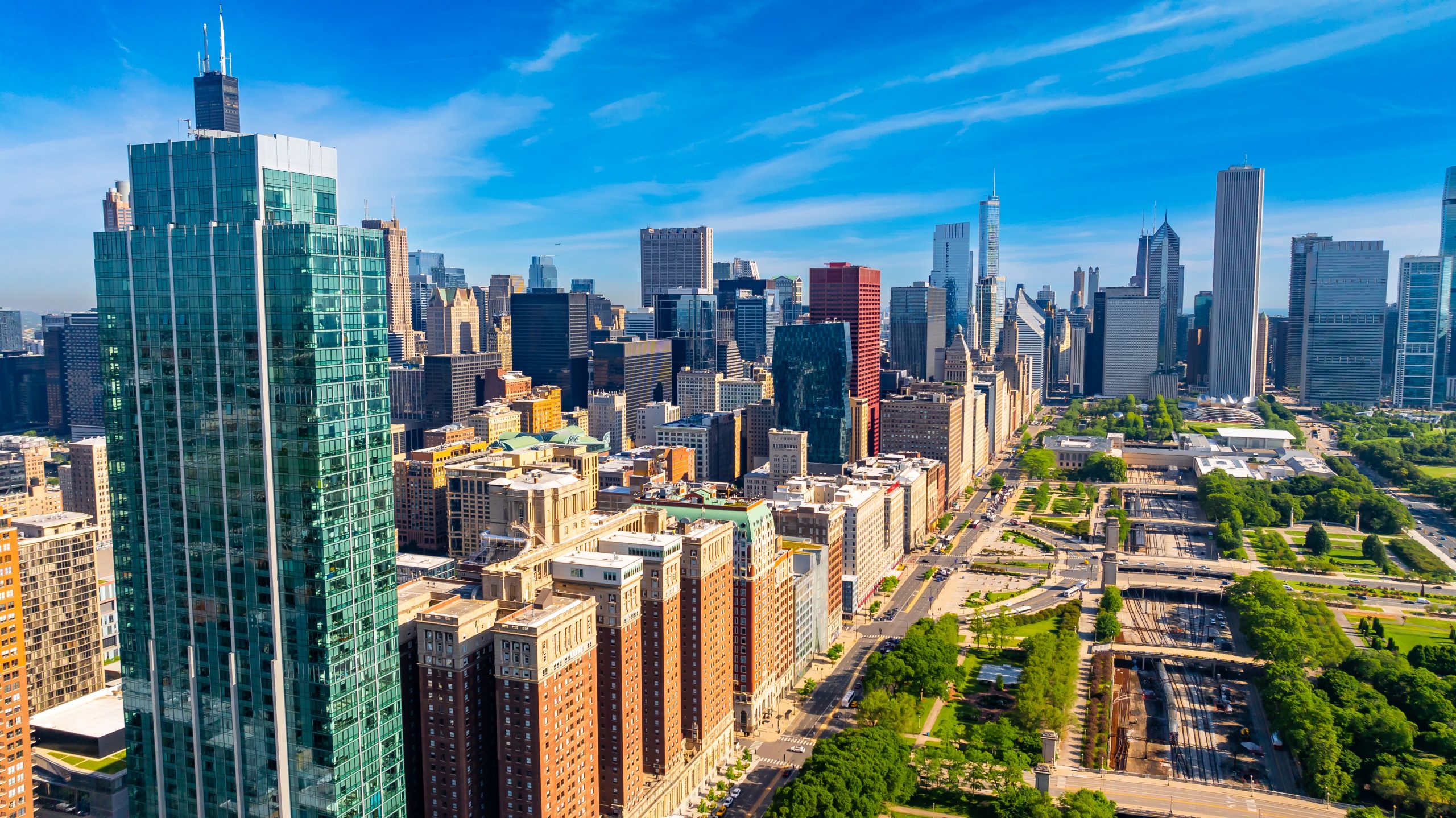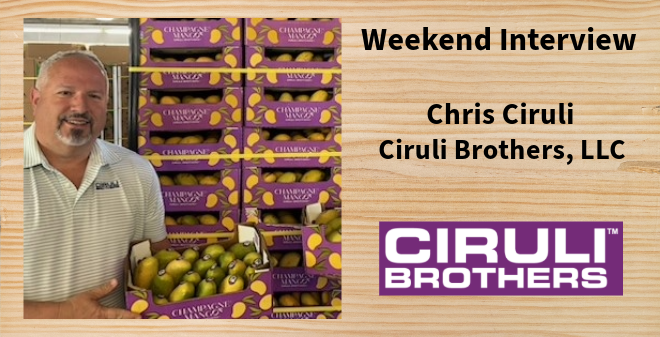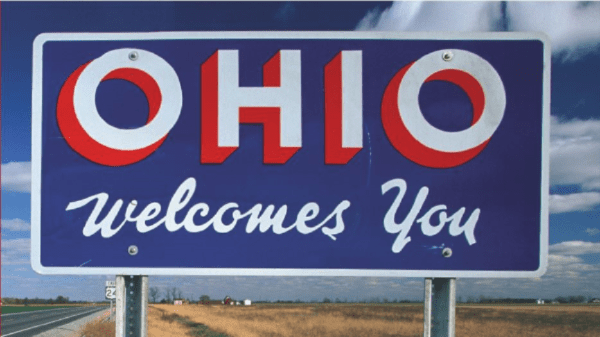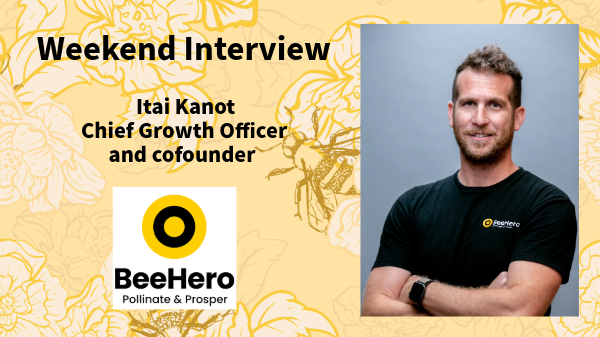Welcome to Blue Book!
Are you ready to join the thousands of companies who rely on Blue Book to drive smarter decisions? View our plans and get started today!
Still have questions? We’d love to show you what Blue Book can do for you. Drop us a line– we’ve been waiting for you.
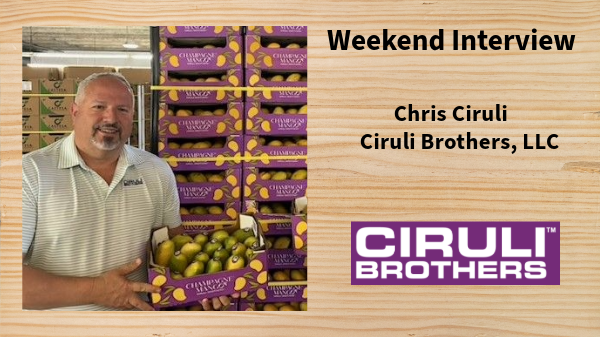
In this article
Founded in 1940, Ciruli Brothers, LLC is a distributor and importer based in Nogales, AZ, with locations in McAllen, TX and San Diego, CA. The Ciruli name is synonymous with quality offerings, including a significant position in mangos, as well as both conventional and greenhouse-grown vegetables. We spoke to Chris Ciruli, chief operations officer, about this year’s mango deal and the possible ramifications of trade tariffs.
Q: How did Ciruli Brothers get into mangos?
In 1971, my dad opened an office in Los Angeles where he began importing mangos. At the time, he was operating under our sister company name, Amex Distributing Company.
Mangos have been a part of the business as long as I can remember. My brother and I actually began repacking mangos from Sinaloa when we were in our teens. Back then, our capacity was two to three loads per day.
Every load would be reworked to grade the fruit, and we did this by hand in the summertime when we were out of school. Years later, we expanded our operations to Guerrero, and now we’re a leading importer and distributor. We’ve come a long way.
Q: Tell us about the mango deal, its peak months, and how it’s going so far this year.
The Mexican mango deal starts in the southernmost part of Mexico, bordering Guatemala, in February and as the season progresses, the mango harvest travels north, culminating in the state of Sinaloa.
There are few peaks in the season: in the south, the peak is in April and in the north, the peak is in July. Both months are great times to promote.
What makes the early deal interesting is that during those months, there isn’t much fruit in the market, so this places mangos more at center stage. It’s a very good time to promote mangos and offer something new.

Q: Do all of your mangos come from Mexico, or do you augment supply with fruit from other countries?
While we ship mangos year-round, Ciruli Brothers largely focuses on Mexican mango production.
We pull volume from Chiapas through May and from Michoacán through June. After Michoacán, the Nayarit deal starts, finishing in the northern part of Sinaloa.
Not all varieties start at the same time. Traditionally, we ship yellow Ataulfo mangos first, which we market as our Champagne brand, then Haden, Tommy Atkins, Kent, and finally Keitt.
After September, the mango program moves offshore. We try to use as much product out of Puerto Rico as we can, then move on to Brazil, Ecuador, and finally Peru.
Q: Climate and weather have been blamed for fluctuating export levels, have you had any issues with availability?
We had an extremely late start and an early end in 2024 which caused overall Mexican production to be down from projections.
The 2025 season is seeing an earlier start in Mexico from the states of Chiapas and Michoacán. We’re expecting the same in Nayarit, with a strong season from Mexico overall.
Our expectation is that total Mexico production will surpass 2024 totals.
Q: Have the growers you work with expanded acreage to keep up with demand? Has there been any shift in the varieties grown?
Over the years, we’ve added new plantings in Nayarit and Michoacán. Generally, we’ve seen a trend where the Tommy Atkins variety production is going down and the Ataulfo (our Champagne) variety is trending up.
There are also sporadic and limited boutique varieties being planted, but not quite in large commercial quantities.
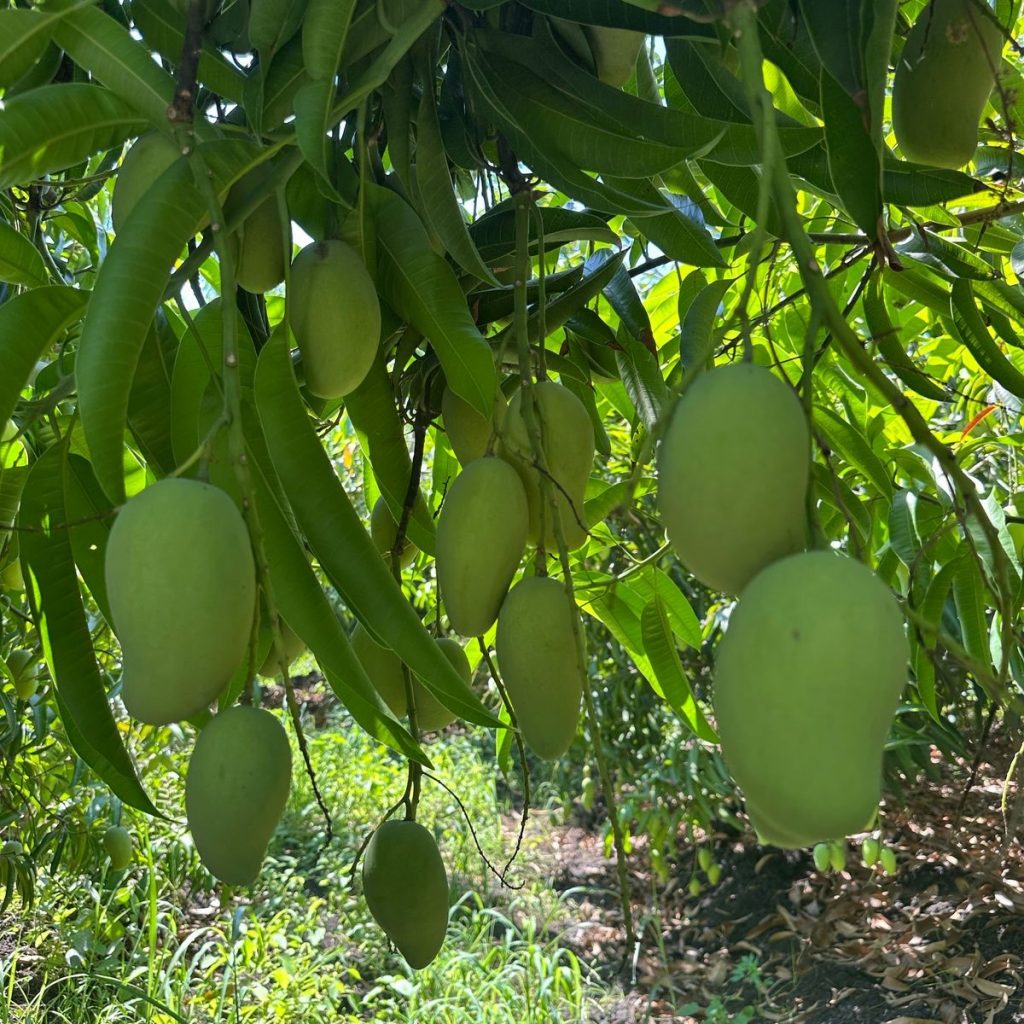
Q: Does it make a difference if a U.S. supplier has a stake or owns a growing operation in Mexico?
Absolutely, yes. Competitors who are not asset-based have less control over their quality program. Conversely, you can control the pack and quality of what you’re bringing to market if you’re vertically integrated.
With over 40 years of hot water treatment experience, we feel our hydrothermic and hydrocooling process is what sets us apart from others who aren’t invested in their own packing sheds.
Q: How much of a threat are tariffs? Have you dealt with similar circumstances before?
I think drug violence in Mexico is the bigger threat to business. As a company, we’ve been importing mangos since the 1970s, and tariffs over the years have not stopped consumption in the United States.
However, there’s no way tariffs go into effect without causing a negative impact on pricing for any party involved in the supply chain, including growers, importers, and consumers.
Trade will continue at higher prices for commodities we can’t replace from other countries. What we’ve noticed is that Mexico can and will source those items from other countries—for instance, different types of grain, potatoes, apples, and other tree fruit.
Anything that causes a major cost increase across the healthiest food options is bad for everyone. My hope is we can work proactively to offer consumers more fruits and vegetables.
Q: Could ramped up mango production in the USA (California, Arizona, Texas, Florida) help with supply?
No, I don’t believe so. There wouldn’t be enough domestic supply and U.S. growers sell to a different target customer in a different type of market.
The front-end cost of domestic mango production is very high, so growers cannot survive at the price U.S. retail chains are willing to pay.
For example, the California crop was selling for $6.99 to $7.99 per pound, which is far higher pricing than we’re used to with wholesale and retail clients.
Florida has niche markets, with growers selling their fruit locally at a premium. Those who sell specialty variety/home delivery mangos typically sell for $7.00 to $10.00 per pound.
Florida also doesn’t produce anywhere near the same mango volume as it did in the 1990s. Huricanes have decimated production over the years and nobody wants to invest in replacing it.
To grow beyond the current capacity, producers would need to consider protected agriculture and to invest in that infrastructure.
Q: Overall, how much impact do you think tariffs will have on the produce and greater food industries?
Anything that causes a major cost increase across the healthiest food options is bad for everyone. My hope is we can work proactively to offer consumers more fruits and vegetables.
Ultimately, the consumer pays for the added cost, and we’re all already facing inflationary pressures and high prices.




